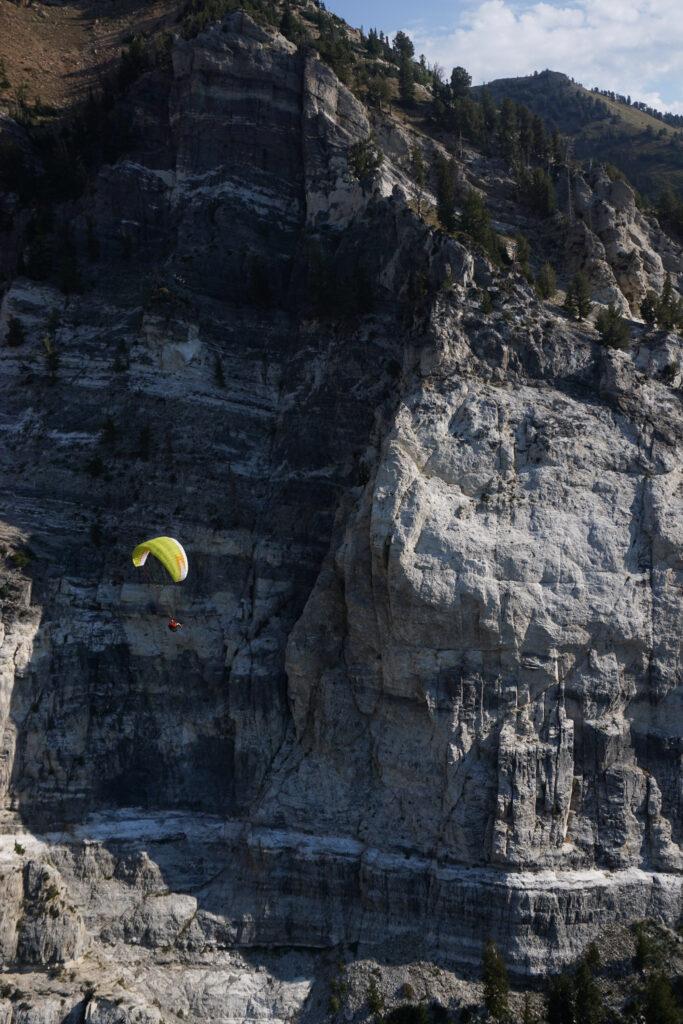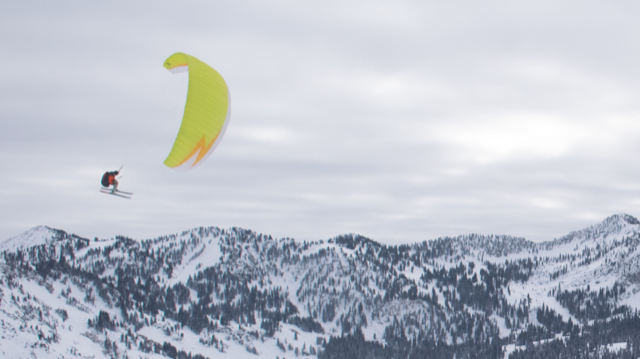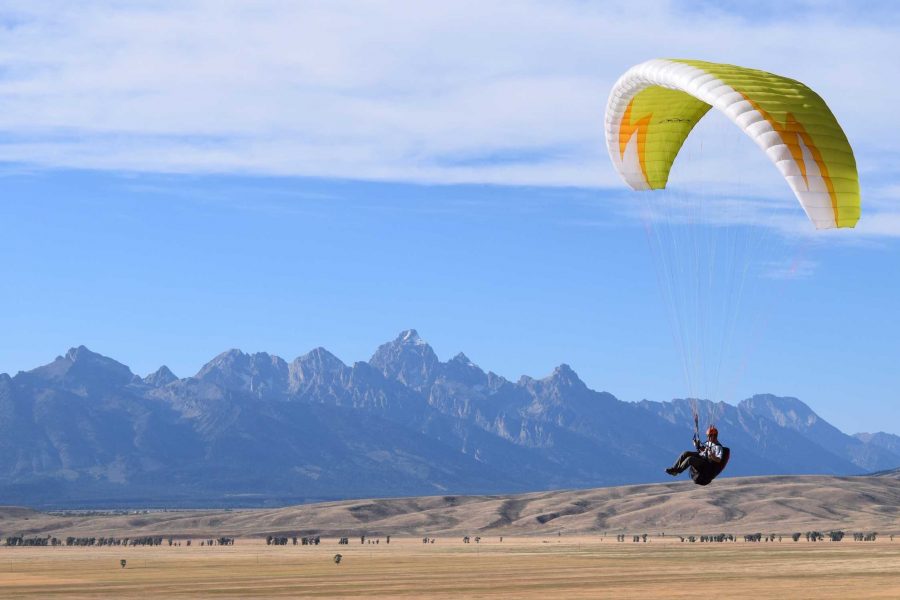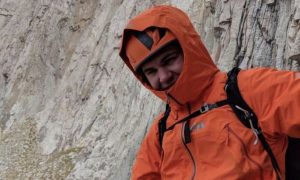You take a step into the wind, hear the crackle of the wind fill your wing, and watch the ground become distant below your feet. The feeling of weightlessness surrounds you as you silently glide through the air. What is happening?
No, this is not parasailing, that thing your cousin did that one time in Mexico. It is also not BASE jumping, skydiving, or hang gliding. This is paragliding–a sport that allows anyone who is willing to give it a try the ability to soar through the sky like a bird. Many pilots would explain how paragliding works simply by saying, “Magic.”
A Brief History of Paragliding
Paragliding began about 40 years ago in the Alps with people launching off high mountain peaks with skydiving canopies. The canopies were not designed for launching from the ground, so as the sport began to grow, modifications to the canopies began to take place. Whereas a skydiving canopy is made to give the person a short, direct flight to the ground from an airplane, a paraglider allows the pilot to launch from the ground and soar through the air. Progress on the design of paragliding equipment has evolved rapidly since the recent beginnings of the sport. Pilots have gone from experiencing scary launches and short flights to safe wings with flights hundreds of miles long. The sport is still very young, and pilots are pushing the boundaries of the sport every day.
How it works

Most wings are made from a rip-stop nylon material in a crescent shape. The front of the wing, called the leading edge, has several openings in it, called cell openings. When the pilot moves into the wind, these cells fill with air and the wing inflates. The wing rises overhead, and if all goes according to plan, it stays steadily overhead as the pilot accelerates into the wind and takes off. It is very common to see freeflight and imagine that it is very complicated; however, it is actually extremely simple.
There are many different types of paragliding, and wings come in many different shapes and sizes for these types. The classifications for wings range from EN A class to EN D class. EN A wings are typically the safest and most forgiving, but they are the lowest performing wings. EN D wings are very fast and high-performing, but take a very skilled pilot to operate safely. Glider sizes greatly affect the speed of the wing. A large wing, proportional to the weight of the pilot, will be relatively slow. A speed or mini wing is much smaller, allowing the pilot to fly much faster and closer to the terrain. When most people learn to fly, they start out on a full-size EN A paraglider because it is the safest and easiest to learn on.
Since a paraglider falls under the category of an ultralight aircraft, there are only a few simple legal rules for the sport. They are as follows: no flying at night, no dropping objects out of the sky, no flying over cities, no flying in restricted areas, and no flying over 18,000 feet. Otherwise, there’s complete freedom.
Types of Flying
Different pilots have different objectives and interests in freeflight, and there is a type for everyone. Here in Utah, most people learn to fly at the Point of the Mountain in Draper. Here, the main type of flying is ridge soaring. When the wind is right, it comes up the slope and allows the pilot to ride the wave of air that is being pushed up over the ridge. This can provide simple and awesome flights that often exceed multiple hours. More advanced pilots will begin to fly at other sites outside of Point of the Mountain and explore the different types of flying. Some flying destinations that Salt Lake pilots frequent include Jackson Hole, Wyoming; Sun Valley, Idaho; Richfield, Utah; San Diego, California, and many others.
Since paragliding is such a young sport, new variations of it are constantly being invented, tweaked, and perfected. Some variations of paragliding include cross country flying, speed flying, speed riding, vol-biv paragliding, and many more. Cross country flying is when pilots use bubbles of rising air, thermals, to catch lift and stay in the sky for long distances. Speed flying is having the goal of moving very fast–pilots use small wings to fly very quickly and close to the ground for more excitement. Speed riding is a variation of speed flying, just with having skis on and touching down to ski frequently along the way. Vol-biv (Voluntary Bivouac) is essentially paragliding and backpacking mixed into one. Pilots carry everything with them and fly many days in a row to cover a huge distance. All of these variations have been developed and pushed far in less than 40 years, which means there is a very exciting future for the sport.
How to get involved
There are endless reasons as to why one should become a pilot–the tight-knit community, endless amounts of fun, untapped potential of the sport, and not to mention being able to soar like a bird. People who do not fly love to come up with endless excuses as to why they cannot fly. It is best to just give it a try, and there is a very good chance you will become addicted to this amazing sport. The best way to learn is to head down to the Point of the Mountain in Draper, Utah. There is a good chance that you may have been driving down south and seen some pilots in the air at the site next to the highway. Go observe, talk to people, and make some friends! Every pilot there will likely be willing to share advice and experiences. If you are ready to learn, there are a couple of schools that will help you get into the air. The best and most highly respected school is Superfly Paragliding. Chris Santacroce from Superfly is a renowned instructor and will teach anyone who is willing to learn.
What are you waiting for? Get out there and join us in the sky!




